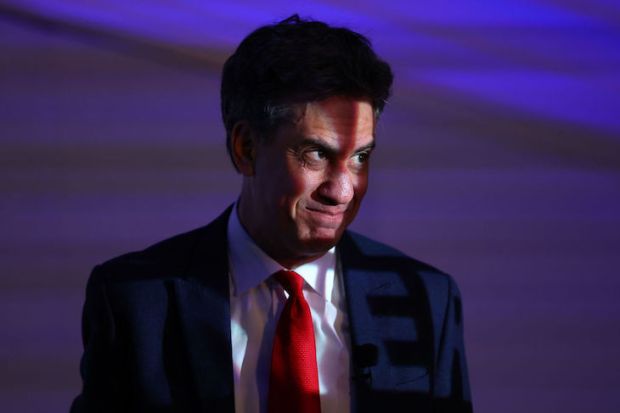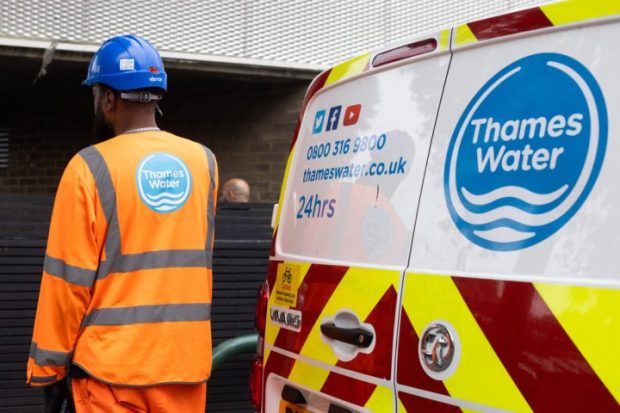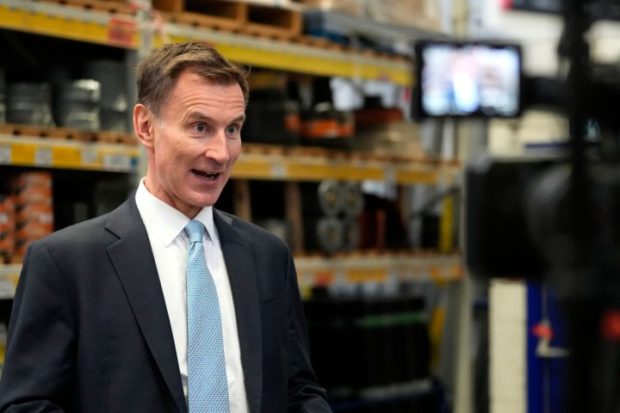Most discussion of net zero in Britain seems strangely parochial. We only really talk about UK emissions, even though they account for only one percent of the global total. But how is the rest of the world getting on at reducing carbon emissions? This morning the International Energy Agency (IEA) published the latest edition of its ‘Net Zero Roadmap’ showing where the world is on reducing carbon emissions and what more it needs to do to eliminate them entirely.
First the good news. The world is on course to invest a record $1.8 trillion (£1.5 trillion) in clean energy over the course of 2023. Now the bad news: in spite of increasing investment in clean energy in recent years it hasn’t stopped the world also reaching record carbon emissions of 37 billion tonnes of CO2 equivalent in 2022.
Rising global emissions are a reminder of just how difficult it is to decarbonise the global economy
The expanding renewables sector is struggling, so it seems, to counteract a growing global economy. After all, carbon emissions do not just emanate from energy generation, even though that tends to dominate discussion. There are also significant contributions from steel, cement, agriculture and other industries – so-called ‘process emissions’ which are generated as a by-product of the industrial processes involved.
That global emissions are still rising in spite of heavy investment in clean energy is a reminder of just how difficult it is to decarbonise the global economy. We fool ourselves into thinking that decarbonising is easy because UK emissions have fallen by over 40 per cent since 1990. But a large chunk of this is due to the relocation of heavy industry to other parts of the world, especially South East Asia – we have exported a lot of our carbon emissions, along with the industry which produces them. Unfortunately, the world cannot in turn export its carbon emissions to Mars.
The graph accompanying the IEA’s scenario for the world to reach net zero by 2050 shows global emissions peaking this year. Twelve months ago it saw them peaking in 2025. The IEA’s scenario also involves advanced economies reaching net zero by 2045, five years ahead of the UK government’s own extremely ambitious target.
The IEA also demands global investment in clean energy treble to $4.5 trillion (£3.7 trillion) by 2035. In emerging economies it envisages investment growing fivefold. Somewhat hopefully, it envisages this bringing about cost savings to households in developing countries, with the amount they spend on energy falling 12 per cent by 2030. This seems somewhat a stretch given that growing economies tend to consume more energy as living standards improve.
Moreover, the cost of building wind and solar plants is no longer falling. As the UK government’s failed auction for offshore wind permits showed, investors can no longer make projects profitable at last year’s strike prices (long-term guaranteed prices offered to renewable energy investors).
One other note: the IEA has downgraded its expectations for hydrogen production thanks to disappointing technological development. More and more reliance, it seems, is being put in wind and solar to deliver the goods – with very little suggestion as to what will back it up.
Got something to add? Join the discussion and comment below.
Get 10 issues for just $10
Subscribe to The Spectator Australia today for the next 10 magazine issues, plus full online access, for just $10.





















Comments
Don't miss out
Join the conversation with other Spectator Australia readers. Subscribe to leave a comment.
SUBSCRIBEAlready a subscriber? Log in